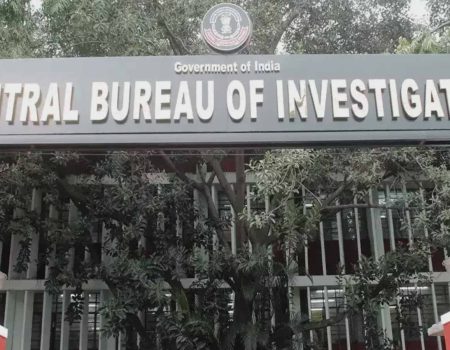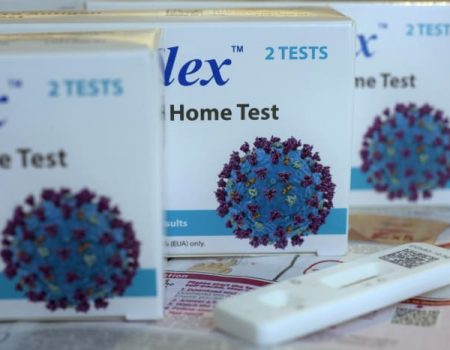The supposed US-based healthcare company, Medical Digital Intelligence or MDI (medicaldigitalintelligence-b-2.com, among other similar numbered domains), is now showing the early signs of collapse as user withdrawals stall and excuses mount.
According to multiple reports from users on WhatsApp groups and social media platforms, withdrawals have stalled since Friday, 4 July 2025. Victims who placed money into the scam claim that any withdrawal requests made during the first week of July 2025 have gone unfulfilled.
This development, while unsurprising, marks the transition into what those familiar with scam trajectories will recognise as the final stage of the con.
We’ve covered the Medical Digital Intelligence scam in detail before, in our in-depth exposé: Meet Medical Digital Intelligence: A Supposed US-Based Medical Products Scam Targeting South Africans. In that article, we laid out the scam’s absurd claims, its fake Minnesota registration, the hijacked identity of a legitimate US entity, its use of fake training videos and actors, and its completely fabricated credentials within South Africa.
We also confirmed that the company had no registration with the CIPC, no SAPHRA approval, and no FSCA authorisation — and thus, no legal right to operate, accept deposits, or offer financial returns within South Africa.
At the time of that investigation, the scam was still in its recruitment crescendo, riding high on a wave of social media influence, offline activations, and the momentum of word-of-mouth trust. But as we predicted, it was only a matter of time before that crescendo dipped into collapse. The stalling of withdrawals is the first drumbeat of that collapse.
A Scam’s Collapse Always Follows a Script
Once withdrawals begin to fail, the scam begins its carefully orchestrated final act. In this phase, distraction becomes the key strategy. The goal is not necessarily to fix the “problem” — but to maintain enough illusion of function to justify one last round of deposits. Already, we’re seeing classic signals of this manoeuvre play out across WhatsApp and social platforms:
- Claims of system upgrades or banking delays
- Whispers of “re-verification” requirements
- Hints of new “regulatory” compliance hurdles
- Talk of one-time withdrawal release fees or taxes
All of these are smokescreens. These so-called measures are never about protecting the user or fixing a legitimate issue. They are part of a dying scheme’s last-ditch effort to extract one more deposit, one final transaction, one hopeful payout that will never come.
And the most dangerous piece? The planted testimonials.
Already, we’re seeing them circulate: “I just received my withdrawal”, “Maybe it’s your bank that’s slow”, “Try again, mine worked after a delay.” These claims — often made by handlers, inner circle promoters, or paid figures within the scam — are designed to inject just enough doubt into the air to keep people hoping. Because hope, not logic, is what keeps a scam alive long after it should be dead.
The Echoes of a Familiar Pattern
If this feels familiar, it should. We’ve seen this exact sequence of decline unfold with other high-profile scams that targeted South Africans:
- Tesco played the same game, telling those caught up in the scam to buy fake “Tesco tax cards” to unlock their stolen funds.
- Pulse Glide kept its victims hoping with a flurry of updates and the promise of “platform upgrades” while collapsing in real-time.
- DBD (Dazzle Brilliance Diamond) deployed verification fees and a late-stage so-called VIP withdrawal system as part of its closing act.
Medical Digital Intelligence is now in that very same phase — the collapse cloaked in confusion.
And like the others, this scam does not need to disappear overnight to be dead. In fact, it wants to remain online — just enough to buy time and extract the final deposits from those still clinging to the hope that their investment wasn’t a mistake. These final deposits are not payments toward recovery. They are parting gifts for the scammers.
The Spread Was Always Part of the Plan
One feature of the Medical Digital Intelligence scam that was easy to gloss over — and admittedly missed in our initial investigation — is the use of eight nearly identical domain names, all ending in a numeric suffix:
- medicaldigitalintelligence-b-1.com
- medicaldigitalintelligence-b-2.com
- medicaldigitalintelligence-b-3.com
- …
- medicaldigitalintelligence-b-8.com
At first, this looks like scale. It looks like operational complexity — the kind of infrastructure a serious international company might employ. But now, as withdrawals stall and the scam begins to wobble, it becomes clear: this was never about scale. It was always about survival.
The multi-domain architecture is a deliberate defence mechanism. It fragments the scam’s digital presence, helping it sidestep browser security flags like Google Safe Browsing, and ensuring that even if one link is flagged, others continue to circulate. Victims encountering one broken link will be redirected to another without alarm. Promoters are issued different URLs, masking the central operation and dispersing scrutiny.
More importantly, all eight domains are registered with Alibaba Cloud, a hosting provider with a woeful 1.6 rating on Trustpilot and a long history of ignoring takedown requests related to scam websites. In contrast to reputable hosts that may remove a scam in full — domain by domain, server by server — Alibaba Cloud has become a haven for scam operators exactly because it doesn’t. The infrastructure remains intact, and the illusion stays alive.
This is not the mark of a growing business. It’s the behaviour of a scam that always knew it would collapse. It spread its roots wide not to grow, but to delay detection — and when the time came, to collapse one branch at a time without bringing down the tree. And that time is now.
The Final Verdict: The Curtain Has Begun to Fall
Medical Digital Intelligence is not on pause. It is not “undergoing maintenance”. It is not facing temporary banking issues. It is simply transitioning into its exit phase.
Withdrawals have stopped. Excuses are now being seeded. The final acts — new promotions, fake compliance procedures, sudden changes in terms — are now inevitable.
If you are still inside this scam, you will not be paid. The dashboard might load. The numbers may change. You might even be able to click a “withdraw” button. But the money is gone — and has been from the moment it was deposited.
You are not experiencing an anomaly. You are witnessing the scam’s final breath.
Get out. Cut your losses. Warn others. And walk away.
Let this be the last cent it ever takes from you.
We can’t investigate every suspicious platform publicly. If you need a scam analysed privately, you can commission a full report — R1,850 / $99 once-off, paid securely via the trusted online payment gateway, Stripe. Your report will be delivered by email in 3 working days.
Note: Your payment reference will reflect our investigations unit, Pubnomic.








No Comment! Be the first one.